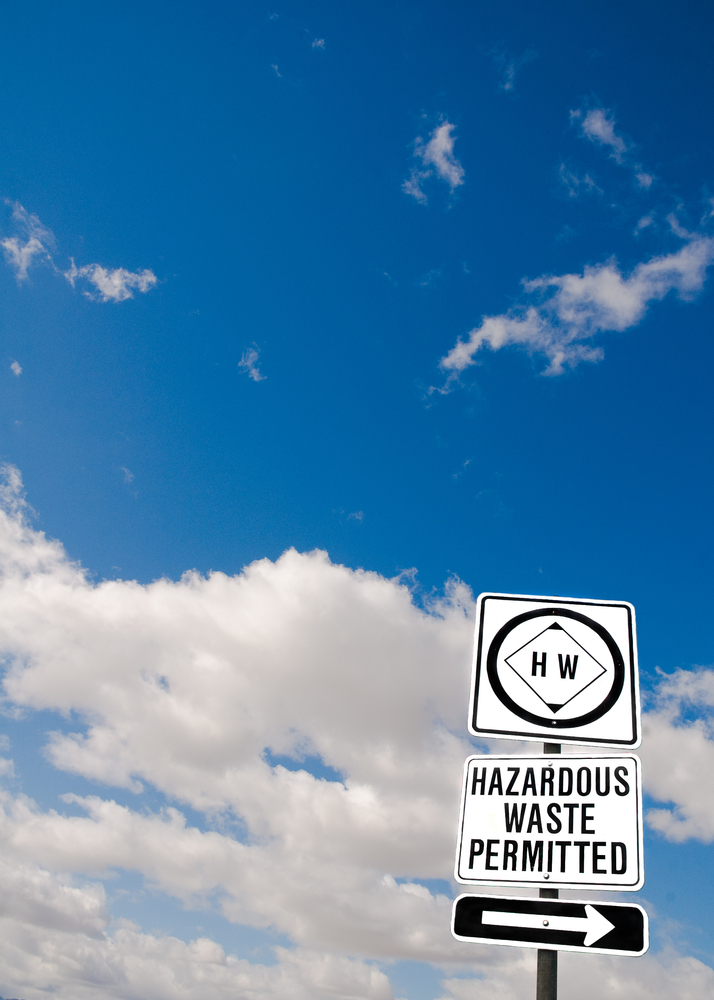 |
A containment building is, itself, the waste management unit and is not just a building in which waste piles are stored. It is similar to tanks, containers, and drip pads in that they are all hazardous waste management units into which placement of waste does not constitute land disposal (which would trigger, as a result, compliance with the land disposal restrictions (LDRs)). Of course, the hazardous waste stored in the containment building must be treated to meet LDR treatment standards before its land disposal.
Forget expensive calls to lawyers and consultants. With Enviro.BLR.com, you get instant access, 24/7. Try it out today and get an EHS Recordkeeping Checklist, absolutely free. Download Now.
Containment buildings are typically used to store large amounts of bulk hazardous waste that are difficult to store in containers or tanks, such as:
- Lead from lead-battery plates
- Lead slags
- Spent potliners from aluminum production
- Contaminated soil
Although primarily used as management units for hazardous debris and other bulky and high-volume hazardous wastes, containment buildings can be used for storage or treatment of any nonliquid hazardous waste.
In addition, containment buildings can be used as hazardous waste treatment units (for any method of treatment except thermal treatment processes), but the primary purpose of containment buildings is to store large amounts of hazardous waste before the waste is disposed of, recycled, recovered, treated, or transported off-site.
Containment Buildings Rules for LQGs
Large quantity generators (LQGs) (persons generating 1,000 kilograms (kg) or more of hazardous waste a month) may accumulate hazardous waste in containment buildings without a permit before treatment or disposal of the waste, provided they comply with RCRA’s 90-day accumulation rule for on-site accumulation of hazardous waste in containment buildings. The generator accumulation rule requires LQGs using containment buildings to:
- Comply with the design, operation, and closure standards for containment buildings.
- Obtain certification from a qualified professional engineer that the building conforms to the design specifications.
- Prepare a written description of the procedures used to ensure that wastes remain in the containment building for no more than 90 days.
- Prepare a written description of the waste generation and management practices for the facility showing that they respect the 90-day limit.
- Maintain documentation that these procedures are followed.
Permit Exemption for LQGs
An LQG storing hazardous waste on-site in compliance with RCRA’s 90-day accumulation rule may use containment buildings and be exempt from RCRA’s containment building permit requirements, although the rules relating to the design, operation, and closure of containment buildings would still be applicable, as discussed in this section.
Need an answer fast? Relax. Our editors guarantee a personalized response to your questions within 3 business days. Take a free trial of Enviro.BLR.com and see what everyone is talking about. For a limited time, also receive an EHS Recordkeeping Checklist. Download Now
What About SQGs?
Small quantity generators (SQGs) (persons generating more than 100 kg but less than 1,000 kg of hazardous waste a month) may use containment buildings to accumulate hazardous waste, but only if they comply with the rules applicable to LQGs. This would require complying with the LQG personnel training, biennial report, and contingency plan requirements and would limit the on-site accumulation of hazardous waste in the containment building to the LQG restriction of 90 days.
See tomorrow’s Advisor for the design standards of hazardous waste containment buildings.
